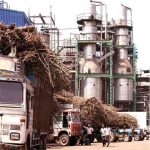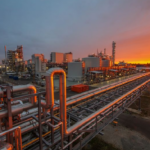Kabul is heading toward a severe water crisis, with nearly seven million residents at risk of running out of water by 2030 unless immediate measures are taken, according to a report by Khaama Press citing Mercy Corps.
Over the past ten years, the city’s groundwater levels have declined by as much as 30 meters, driven by rapid population growth and the worsening impacts of climate change. As a result, half of Kabul’s deep wells have reportedly dried up.
Dayne Curry, Afghanistan director for Mercy Corps, underscored the gravity of the situation, stating, “The absence of water means communities will be forced to leave. Without intervention, large-scale migration and increased hardship will follow for the people of Afghanistan.”
The report further highlights that water extraction in Kabul significantly outpaces the natural replenishment rate. In addition to dwindling reserves, contamination from sewage, salinity, and arsenic has made access to clean drinking water increasingly difficult for many households.
Since 2001, Kabul’s population has increased more than sevenfold, placing immense pressure on an already fragile water infrastructure. Poor governance and lack of investment have made managing the crisis even more challenging. One potential solution—the Panjshir River pipeline project—could provide water to two million people but still lacks the necessary funding and support.
Water resource expert Najibullah Sadid warned that Kabul is approaching an irreversible tipping point. “Kabul is facing a crisis with no return path unless immediate action is taken,” he said, calling for sustainable, long-term projects to address the emergency.
Mercy Corps is appealing for urgent international assistance and stronger local governance to prevent what could become a catastrophic drought in the Afghan capital within the next decade.
















